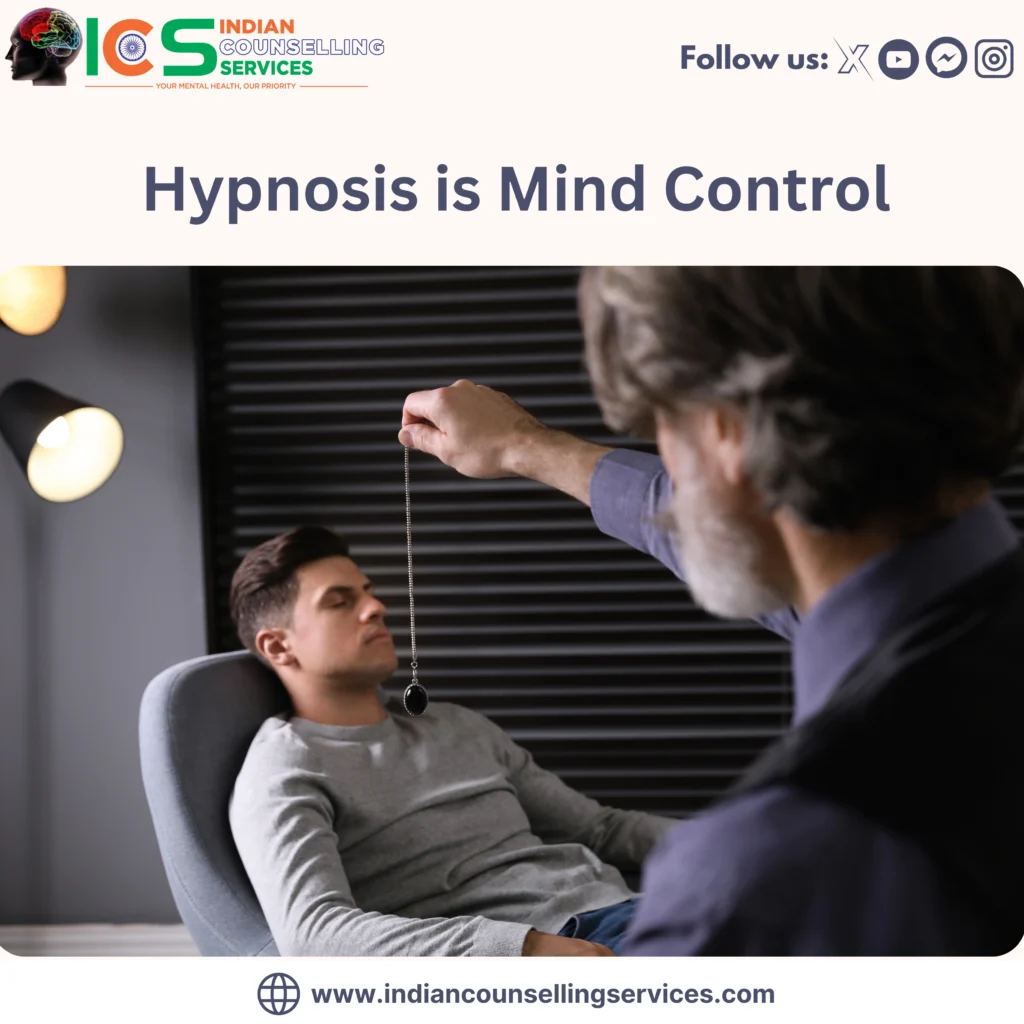
Hypnotherapy: Crafting Change
Hypnotherapy: Crafting Change—Magic Tricks or Medical Techniques?
In today’s world, where mental health challenges are increasingly acknowledged and treated, alternative therapies like hypnotherapy have gained significant attention. However, perceptions of hypnotherapy can vary greatly. While some regard it as a mystical practice akin to magic tricks, others view it as a legitimate medical technique supported by scientific evidence. This article seeks to explore hypnotherapy’s nature, its effectiveness, and how it balances between being a form of magic and a method of medicine.
Hypnotherapy is a therapeutic approach that employs hypnosis—a state of focused attention, heightened suggestibility, and deep relaxation—to assist individuals in addressing a variety of psychological and emotional issues. In this hypnotic state, clients can access their subconscious mind, which is believed to play a crucial role in altering unwanted behaviors, habits, and thought patterns.
During a hypnotherapy session, a trained therapist guides the client into a relaxed state. Once the individual is in this state, the therapist may provide suggestions or work through specific issues such as anxiety, phobias, chronic pain, or even weight loss. The aim is to facilitate a reframing of thoughts and behaviors, leading to positive change.

The practice of hypnotherapy has ancient roots, with origins that can be traced back to early civilizations. Over the centuries, it has evolved and been influenced by various cultures and belief systems. In the late 18th century, Austrian physician Franz Mesmer popularized a technique known as “mesmerism,” which involved inducing trance-like states in patients. Although Mesmer’s theories were largely dismissed, his work laid the groundwork for modern hypnosis.
In the 19th century, Scottish surgeon James Braid introduced the term “hypnosis” and began to systematically study its effects on patients. He emphasized the role of suggestion and focused attention, positioning hypnosis as a legitimate medical practice rather than a mystical phenomenon. Over time, hypnotherapy gained acceptance in clinical settings, especially for pain management and psychological treatment.
While hypnotherapy may appear magical to some, it is crucial to distinguish between theatrical hypnosis and therapeutic hypnotherapy. The former often involves entertaining performances where a hypnotist seems to control participants’ actions and thoughts for amusement. Such displays can lead to misconceptions about hypnosis, causing some to underestimate its therapeutic potential.
In contrast, therapeutic hypnotherapy is rooted in psychology and aims to promote healing and personal growth. Hypnotherapists utilize evidence-based techniques to help clients tackle challenges. The primary distinction lies in intent and application: hypnotherapy is a structured, goal-oriented practice designed to empower individuals, while stage hypnosis is primarily meant for entertainment.
Numerous studies have investigated the effectiveness of hypnotherapy in treating various conditions, yielding promising results. Research indicates that hypnotherapy can be beneficial for:
1. Reducing Anxiety and Stress
Hypnotherapy has been shown to alleviate anxiety levels and promote relaxation. A meta-analysis published in Psychosomatic Medicine found that hypnotherapy significantly decreased anxiety symptoms in patients undergoing medical procedures. By inducing a state of calm, hypnotherapy can help individuals develop coping strategies and manage stress more effectively.
2. Managing Pain
Hypnotherapy is gaining recognition for its ability to ease chronic pain. Studies indicate its effectiveness in conditions such as fibromyalgia, migraines, and post-operative pain. Research in the American Journal of Clinical Hypnosis revealed that patients who underwent hypnotherapy reported lower pain levels and required less medication compared to those who did not receive hypnotherapy.
3. Facilitating Behavioral Change
Hypnotherapy is frequently utilized to encourage behavioral change, such as smoking cessation and weight loss. By addressing subconscious beliefs and habits contributing to these behaviors, hypnotherapy can lead to lasting change. A study in Addictive Behaviors found that participants who received hypnotherapy for smoking cessation had a significantly higher quit rate than those who received traditional counseling alone.
4. Overcoming Phobias and Fears
Hypnotherapy has proven effective in helping individuals confront and overcome phobias. The hypnotic state allows clients to explore the root causes of their fears and reshape their responses. Research published in The Journal of Anxiety Disorders supports the use of hypnotherapy for phobias, indicating that it can lead to significant reductions in fear and avoidance behavior.
To grasp how hypnotherapy functions, it’s essential to understand the therapeutic process. Here’s a general overview of what a typical hypnotherapy session may involve:
1. Initial Consultation
Before beginning hypnotherapy, the therapist conducts an initial consultation to understand the client’s concerns, goals, and medical history. This assessment helps tailor the approach to the individual’s needs.
2. Induction Phase
The therapist guides the client into a relaxed state through verbal suggestions and relaxation techniques. This process, known as induction, may involve deep breathing, progressive muscle relaxation, or guided imagery.
3. Hypnotic Suggestion
Once the client is in a relaxed state, the therapist introduces specific suggestions related to the client’s goals. For example, if the client seeks to reduce anxiety, the therapist may suggest feelings of calmness and control in stressful situations.
4. Deepening Techniques
To enhance the hypnotic experience, the therapist may use deepening techniques that further relax the client and increase suggestibility. This can involve counting down or visualizing descending stairs.
5. Reframing and Integration
The therapist guides the client in reframing negative beliefs or thought patterns that contribute to their issues. This process helps integrate new, positive suggestions into the client’s subconscious mind.
6. Awakening
At the end of the session, the therapist gently brings the client back to full awareness, ensuring they feel grounded and safe. Clients often report feeling relaxed and refreshed after the session.
Despite its growing acceptance, hypnotherapy is often surrounded by myths and misconceptions that can cloud its effectiveness. Some common myths include:
Myth 1: Hypnosis Equals Mind Control
One widespread misconception is that the hypnotherapist can control the client’s mind. In reality, clients remain aware and in control throughout the process. They cannot be compelled to do anything against their will.
Myth 2: Hypnotherapy is for Weak-Minded Individuals
Many believe that only those with weak minds can be hypnotized. However, susceptibility to hypnosis varies among individuals, and it is not indicative of intelligence or strength of character.
Myth 3: Hypnotherapy is a Quick Fix
While hypnotherapy can produce rapid results for some, it is not a magic solution. Like any therapeutic approach, it may require multiple sessions to achieve lasting change.
If you’re considering hypnotherapy, finding a qualified professional is crucial. Here are some tips for selecting a reputable hypnotherapist:
Credentials: Look for a therapist with relevant qualifications, such as certification from a recognized hypnotherapy organization or a background in psychology or counseling.
Experience: Inquire about the therapist’s experience in addressing your specific concerns. A practitioner with expertise in your area of need will be better equipped to help.
Approach: Ask about the therapist’s approach to hypnotherapy. Ensure their methods align with your preferences and comfort level.
Reviews: Read reviews or testimonials from previous clients to gauge the therapist’s effectiveness and professionalism.
Consultation: Consider scheduling an initial consultation to discuss your goals and assess whether you feel comfortable with the therapist.
Hypnotherapy occupies a unique space at the intersection of magic and medicine. While it may conjure images of stage performances and mysticism, its effectiveness as a therapeutic tool is grounded in psychology and evidence-based practice. Hypnotherapy offers a means to address various psychological and emotional challenges, empowering individuals to craft meaningful change in their lives.
As the understanding of hypnotherapy continues to evolve, it is essential to approach it with an open mind and a discerning eye. By demystifying the process and acknowledging its potential benefits, we can appreciate hypnotherapy as a legitimate form of healing—one that harnesses the power of the mind to create lasting transformation.
In an era where mental health awareness is on the rise, hypnotherapy stands out as a valuable option for those seeking alternative paths to healing. Whether viewed as magic or medicine, its ability to facilitate profound change is undeniably intriguing, making it a topic worthy of exploration and understanding.
